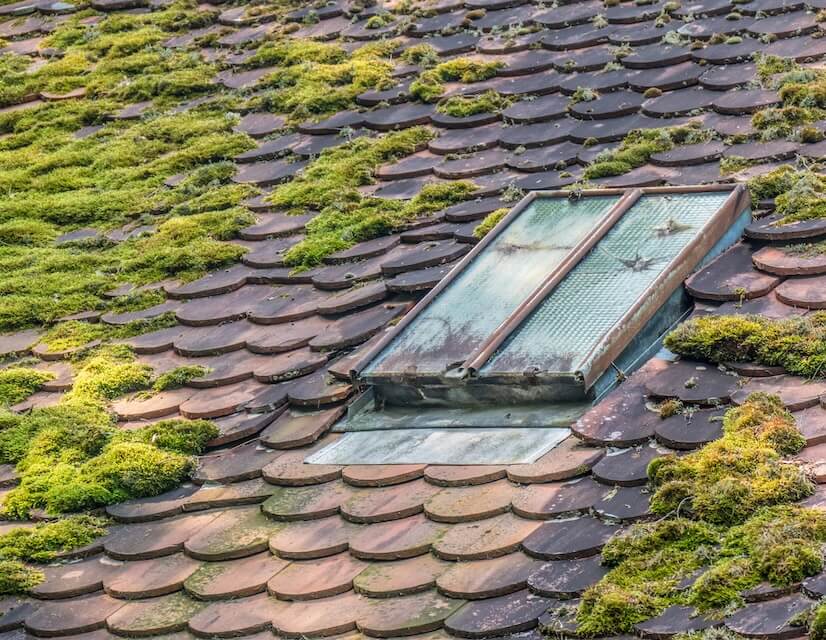Sticking to the plan
At Commonview we often hear from Bodies Corporate, phrases like… “It’s all very well creating a great Long Term Maintenance Plan, but how can we ensure the tasks on our maintenance plan actually get completed?”

We’ve come across many situations where levies have been calculated and collected in good faith based on careful predictive planning, and then for one reason or another, planned tasks get postponed and funds reused elsewhere. When, inevitably, an item needs replacing or urgent maintenance is required and funds that were initially intended to maintain these items are no longer available a special levy may need to be raised.
This situation is entirely avoidable through regular monitoring.
In this article we walk you through some practical ways to ensure that your Long-Term Maintenance reserves are used as intended and that your Body Corporate Committee remains on task and accountable.
Keeping the committee focused on the LTMP goals
It’s easy for committees to get bogged down by day-to-day issues, and to lose sight of the bigger picture. Having a well-structured, user-friendly and flexible LTMP is vital for the long-term health of your building, and the best way to ensure that the committee can remain focused on executing the work within it.
- Regular updates: Schedule LTMP reviews at regular intervals. The new law states that bodies corporate must update their Long-term Maintenance Plans at least every 3 years1, but many professionals advise that this should be far more regular, and certainly after any major refurbishment is carried out. These review meetings should specifically address the progress made toward the maintenance goals outlined in the plan, keeping the committee accountable and operating from a ‘planned’ rather than ‘reactive’ standpoint.
- Allocate a champion: We know of some committees where a “maintenance champion” within the committee was elected. Their role is to keep tabs on the LTMP and regularly report back on whether the scheduled maintenance work is being carried out.
1https://www.unittitles.govt.nz/buying-or-renting-a-unit-title/regulations/changes-to-the-unit-titles-act/ensuring-adequate-planning-for-maintenance/
Avoid misuse of the Long-Term Maintenance Fund (LTMF)
If your body corporate decides to have an LTMF2, then it is important to remember that it is intended for long-term projects outlined in the LTMP, and not any other unrelated expenses. Of course, sometimes urgent issues do arise, but it’s advised to have alternative funds set aside for these situations so that the LTMF remains ring-fenced for its intended purpose.
- Clear budget categories: Having strict budget categories within the LTMF helps the committee to define exactly what the fund can and cannot be used for. This avoids any “grey areas” where funds might be diverted for other non-maintenance purposes.
- Transparency tools: Using digital tools like Commonview encourage transparency and accountability. By tracking your expenses through an online platform, all committee members can see exactly how the LTMF is being used.
2 A body corporate will need to establish a long-term maintenance fund (LTMF) unless it decides not to by special resolution. Read more about LTM Fund options here https://www.commonview.com/resource/what-is-a-long-term-maintenance-fund
Get the best value for money
No one wants to pay over the odds for maintenance, but how do you ensure you're getting the best value for money? This is one of the main problem areas for committees who work on a ‘reactive’ basis, where contractors can often inflate their prices knowing that the committee is under pressure to resolve the problem quickly.
- Obtain multiple quotes: Always get at least two or three quotes for large maintenance jobs to give you a clearer idea of market rates and help avoid overspending. Commonview’s AI intelligence can assist in comparing these figures, ensuring you’re making financially sound decisions.
- Prioritise quality over price: It can be tempting to choose the cheapest quote, but always remember that cheap can often equate to poor-quality work which leads to having to have remedial work sooner than you should have to. Striking a balance between cost-effectiveness and high-quality work is key to a sustainable long-term maintenance strategy.
Build strong relationships with contractors
Reliable contractors are an invaluable asset in keeping your LTMP on track. Collaborating with them in the creation of your LTMP and building long-term trustworthy relationships with them means you’ll likely get better service, better pricing, and more accountability.
- Consistency matters: Sticking with contractors who have a proven track record with your building can streamline the process. They already know the property and its unique requirements, reducing the time and cost it takes to get the job done. For example, a painter who has worked with you previously may not need to waste time and money on unnecessary priming/undercoating if they know what was used the last time a building was painted.
- Use trusted recommendations: If you’re unsure where to start, consult your community or other bodies corporate for trusted recommendations. Good word-of-mouth can save you from trial and error.
Plan for the unexpected
One of the major benefits of a well-structured LTMP is being able to anticipate future costs and avoid surprises. Unexpected maintenance issues will arise, but being ready for those eventualities will put you one step ahead.
- Emergency fund: Create a small, separate emergency fund to handle unexpected, urgent maintenance tasks. This keeps the LTMF intact and ensures you don’t fall behind on your planned maintenance projects.
- Revisit the plan annually: Although it’s a long-term plan, it’s important to reassess the LTMP yearly (or even more frequently if major incidents or changes occur) to ensure it still covers the building’s needs. Adjust timelines or priorities based on the building’s evolving condition, and make sure the LTMF contributions align with these changes.
So, in a nutshell...
The key to making sure your long-term maintenance plan is more than just a box ticking exercise is transparency, collaboration and frequent reviews. Encourage all interested parties to look at it and raise any questions or concerns. By keeping your committee on task, protecting the LTMF, ensuring you are getting the best value for money, and building strong contractor relationships, your building will have the best possible chance of being kept in great shape for years to come.
With tools like Commonview at your fingertips, you can simplify the process even further. Our platform provides transparency, AI-powered oversight, and the ability to track planned versus actual expenditure.





